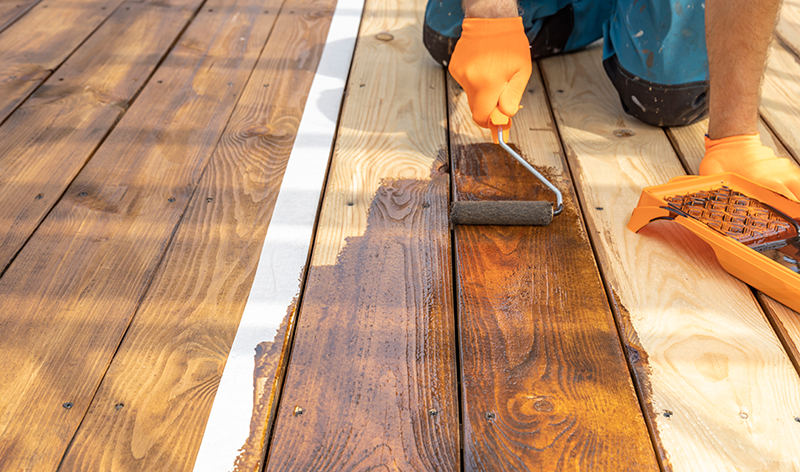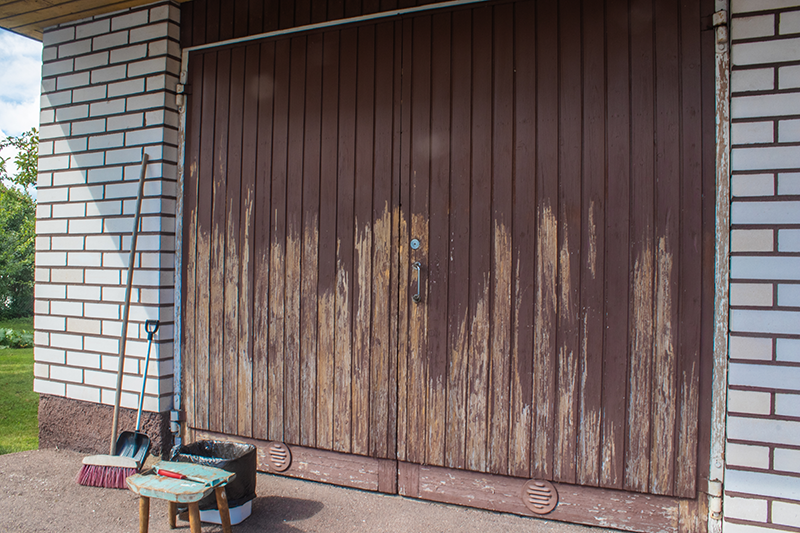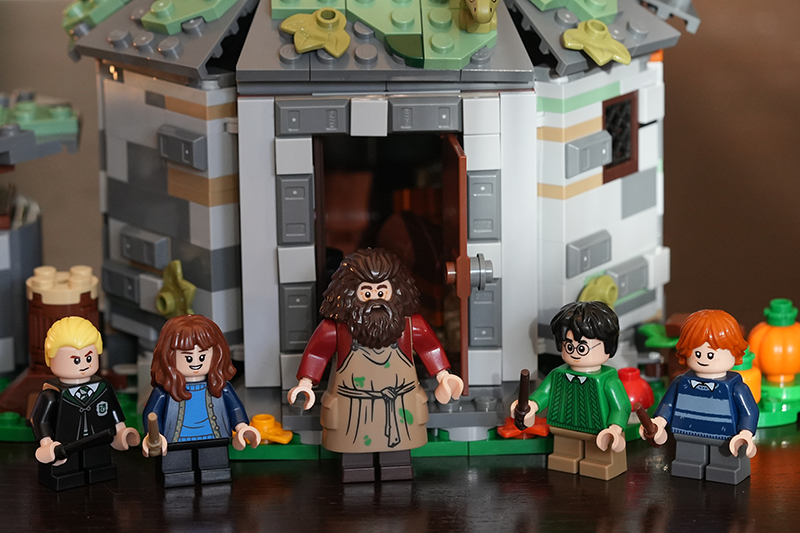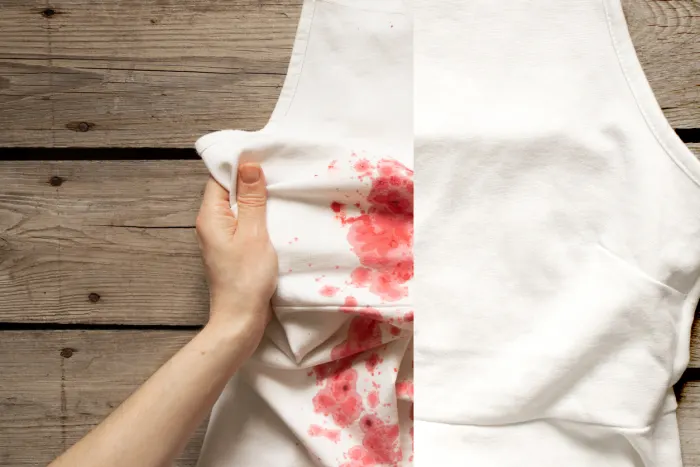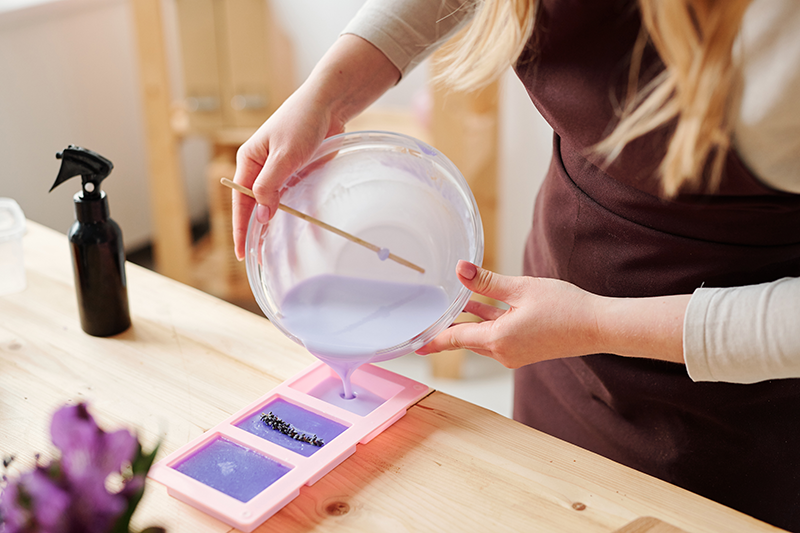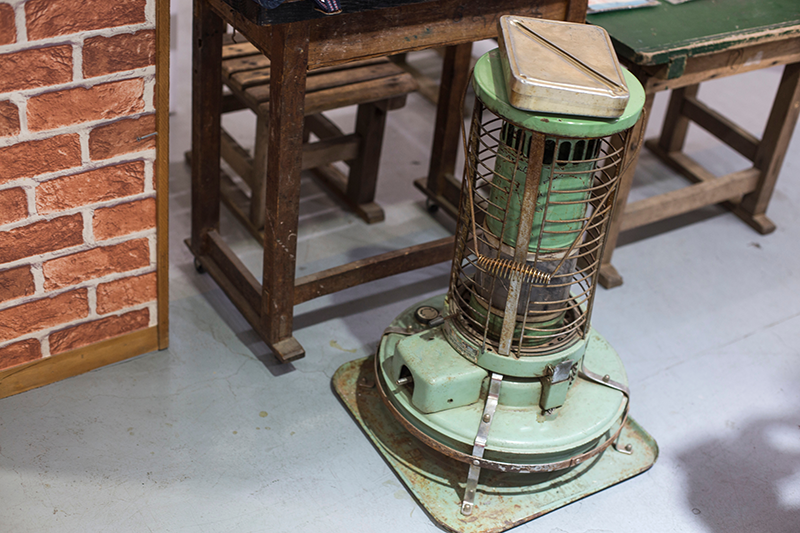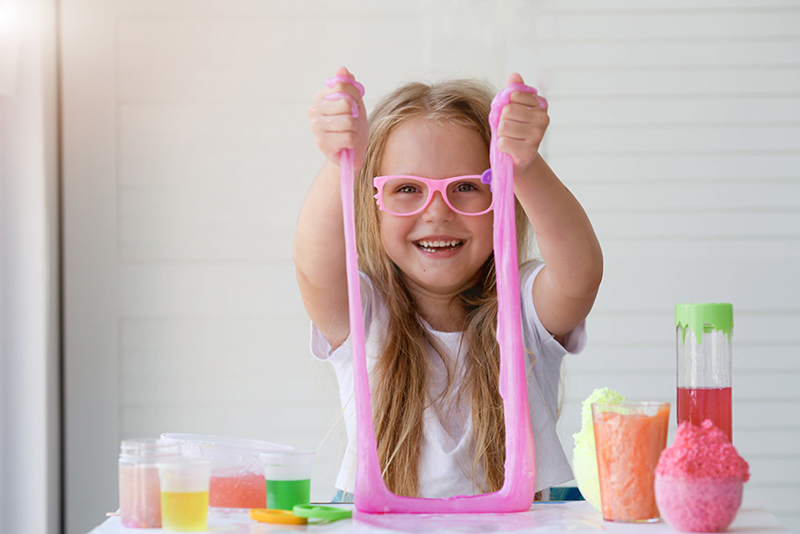Treating wood with linseed oil
Boiled linseed oil, a natural product from flax seeds, is ideal for protecting wood, metal and concrete from moisture and weather. Before treating wood, the surface must be clean, dry and free of grease. Sand the wood, apply the oil with a brush and let it soak in for 30 minutes. Treat dry areas again and remove excess oil with a lint-free cloth. Then let the wood dry for 24 hours. Linseed oil should not form a layer but should be absorbed into the wood. Pay attention to safety when storing used cloths to prevent spontaneous combustion. Regular maintenance is necessary for lasting protection and a beautiful finish.


